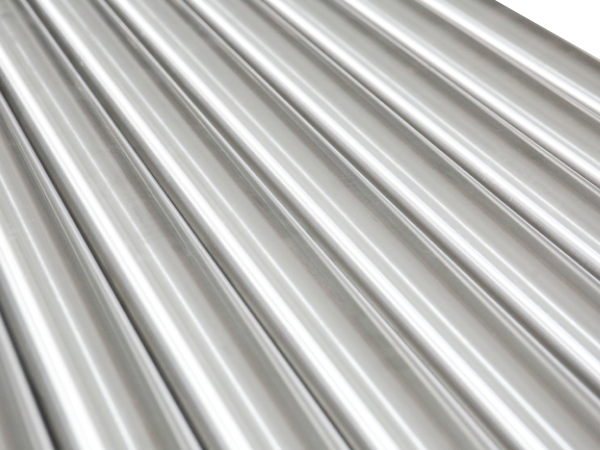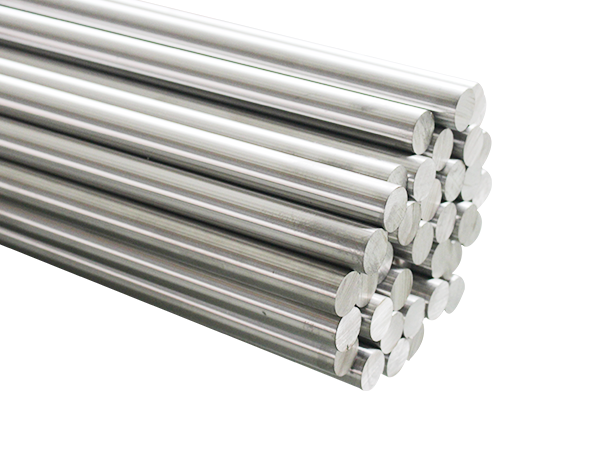[ Instrument R&D ] The crystalline materials that organic molecules are connected to each other through intermolecular hydrogen bonding and assembled under the mutual force of π-π stacking and other molecules are called hydrogen-bonded organic framework materials (Hydrogen-bonded Organic Frameworks, referred to as HOFs). This material has unique advantages such as high crystallinity, large specific surface area, mild synthesis conditions, and strong solvent processability. It has already shown application potential in many fields. The structure of HOFs depends on the initial building element (or ligand molecule), and the building element mainly includes two parts, the hydrogen bonding site and the molecular backbone. Changing any part may cause changes in the final structure. Therefore, understanding the geometric structure of the skeleton and the effect of hydrogen bonding interaction on the final structure is of great significance for revealing the laws of self-assembly and realizing the rational design of the HOF structure.
With the support of the National Natural Science Foundation of China and the Strategic Leading Science and Technology Project of the Chinese Academy of Sciences, Liu Tianfu's research group of the State Key Laboratory of Structural Chemistry, Fujian Institute of Material Structure, Chinese Academy of Sciences, and Davide M. Proserpio, a professor at the University of Milan, and Yuan Wenbing, a professor at Guangdong Foshan Institute of Technology In cooperation, the plane molecule H3TATB and the non-planar molecule H3BTB with the same hydrogen bonding interaction groups but slightly different molecular backbone geometric structures were selected for self-assembly studies. The authors successfully synthesized three kinds of HOFs materials PFC-11, PFC-12 and PFC-13 using H3TATB under different solvent conditions. In the three structures, adjacent H3TATB molecules are connected to each other through a double hydrogen bond to form a regular hexagonal honeycomb grid (hcb). The grid is interwoven and intertwined in the process of formation and expansion, resulting in an extremely Complex two-dimensional wavy layered structure. On the contrary, the H3BTB, which is very similar to the H3TATB molecule reported in the literature but non-planar, also forms a hexagonal honeycomb grid through self-assembly, but its final extension is obtained by tilting interpenetrating plane layers without any volatility. Structure (HOF-BTB). In the course of the study, the author captured the subversive structural changes caused by the slight twisting of this ligand and conducted an in-depth study from the structural point of view, and found that the folds (or undulations) and intercalation in the two-dimensional layered structure can improve The molecular packing density and free energy are reduced, thereby achieving structural stability.
Although PFC-11, PFC-12 and PFC-13 are highly interspersed, the three materials still retain the space to accommodate guest molecules, while the unique interwoven structure also gives the material some flexibility. PFC-11 and PFC-12 are Nitrogen adsorption shows a unique breathing effect. In addition, PFC-11 showed excellent adsorption capacity for CO2. At the same time, due to the size effect of the pores and the structural characteristics of the pore walls, PFC-11 and PFC-12 also show good adsorption performance for the organic pollutants benzene, toluene and cyclohexane vapor of comparable pore size, and It has good selective adsorption for benzene vapor with molecular size matching and conjugation effect. The relevant results were published in the Journal of the American Chemical Society (J. Am. Chem. Soc. 2020, 142, 15, 7218-7224). Liu Yulin, a research intern in the research group of Liu Tianfu, was the first author of the article.
This research work shows the huge changes in structure and properties caused by small changes in ligand geometry. At the same time, the phenomenon of the use of folds and interlocking stable structures in two-dimensional layer fragments during supramolecular self-assembly is also discovered. Provides a reference for the self-assembly law and the relationship between structural performance.
Deforming Superalloy
Deforming superalloy refers to a class of superalloys that can be hot and cold deformed, have good mechanical properties, comprehensive strength and toughness, and have high oxidation resistance. The deformed superalloy produced by Seonjip is mainly used in fields of nuclear power, gas turbine, aircraft, aero engine, petrochemical industries and so on.


Nimonic Alloy,Nimonic Alloy 90,Nimonic Alloy 75,Nimonic Alloy 80A
Jiangsu Seonjip Technology Co.,Ltd. , https://www.seonjip.com
September 29, 2022

